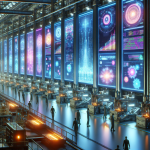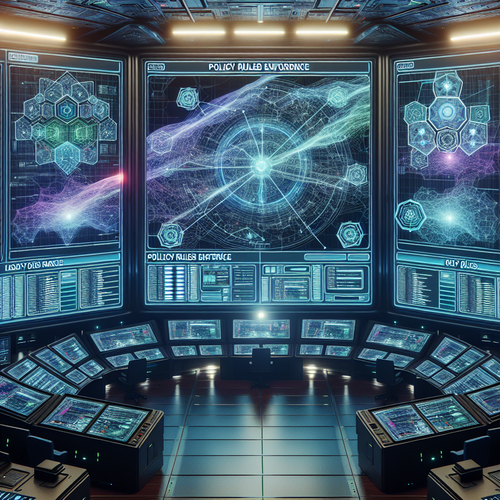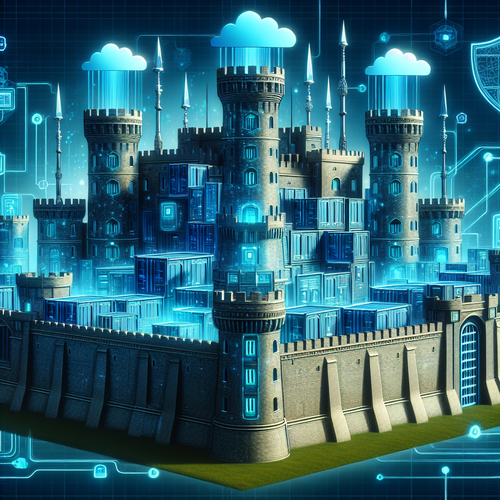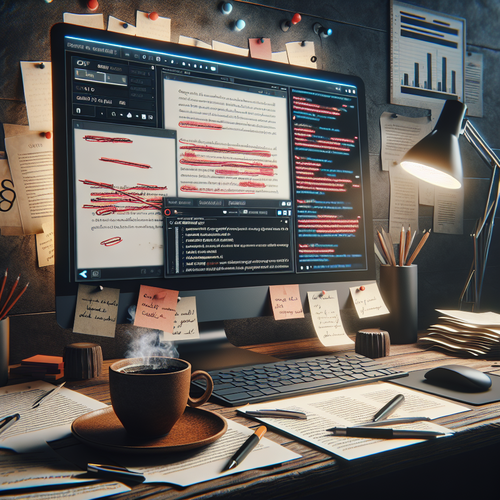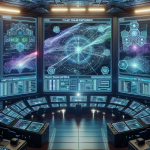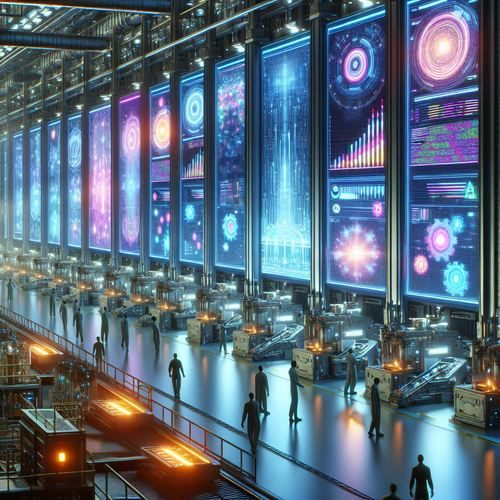
Launching a New Supercomputer-Class AI Factory Partnership
Launching a New Supercomputer-Class AI Factory Partnership
The world of artificial intelligence (AI) is poised for a remarkable transformation with the recent announcement of a new partnership aimed at creating a supercomputer-class AI factory. This collaboration brings together leading companies in AI and computing to innovate and enhance the way AI models are developed, trained, and deployed.
Prerequisites for Understanding AI Manufacturing
- Basic knowledge of AI: Familiarity with AI concepts such as machine learning, neural networks, and data processing.
- Understanding of supercomputing: Knowledge about what supercomputers are and how they function in terms of processing power.
- Interest in technology partnerships: Awareness of how collaborations in technology can drive innovation.
Overview of the Partnership
This partnership aims to leverage supercomputing technology to accelerate AI development. The need for advanced computational power is growing as AI applications become more complex and data-intensive. By combining resources, including hardware capabilities and software expertise, the partners can create a factory that produces high-performing AI systems tailored for various industries.
Goals of the AI Factory Partnership
- Enhance computing capabilities: Utilize cutting-edge supercomputers to improve AI model training times significantly.
- Foster innovation: Encourage the development of new AI applications that harness the power of supercomputing.
- Reduce costs: Streamline the AI development process, making it more cost-effective for businesses.
- Collaborate across industries: Work with various sectors to implement AI solutions tailored to their needs.
Step-by-Step Approach to Building the Factory
Step 1: Establish Partnership Framework
Partners need to define the roles and responsibilities within the collaboration. Establishing clear goals and expectations will be crucial in aligning objectives across the participating organizations.
Step 2: Design the Infrastructure
Design the layout and technological infrastructure of the AI factory. This includes selecting supercomputing hardware, networking solutions, and the necessary software to support AI operations.
Step 3: Develop AI Models
Start with creating foundational AI models that can be trained using the supercomputers. This step will involve data collection, preprocessing, and the initial training phases.
Step 4: Testing and Validation
Test the developed models extensively to ensure they function correctly under various scenarios. Validation is essential to confirm that the models can be trusted in real-world applications.
Step 5: Roll Out Production and Updates
After thorough testing and validation, the factory will begin full-scale operations, continually updating AI models as new data becomes available.
Troubleshooting Common Issues
- Model Underperformance: If models do not perform as expected, revisit the data used for training and consider implementing more advanced techniques or hyperparameter tuning.
- Infrastructure Bottlenecks: Monitor the system’s performance to identify any bottlenecks caused by hardware limitations; consider upgrading components as necessary.
- Collaboration Issues: Maintain open communication between partners to troubleshoot differences in objectives or execution styles that may arise.
Summary Checklist
- Define partnership roles and responsibilities.
- Design and implement infrastructure for AI factory.
- Develop and test AI models using supercomputing power.
- Monitor performance and update systems regularly.
- Facilitate ongoing collaboration between partners.
This new supercomputer-class AI factory partnership represents a significant step forward in the realm of AI technology and manufacturing. By pooling resources and expertise, the involved companies are set to create a robust foundation for future innovations in AI.
For more insights into AI progress and technology trends, check out our post on AI-Driven Financial Trading: Navigating the Markets.

